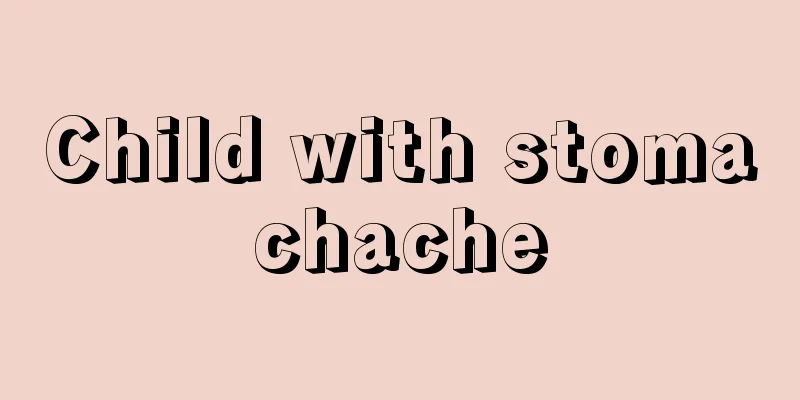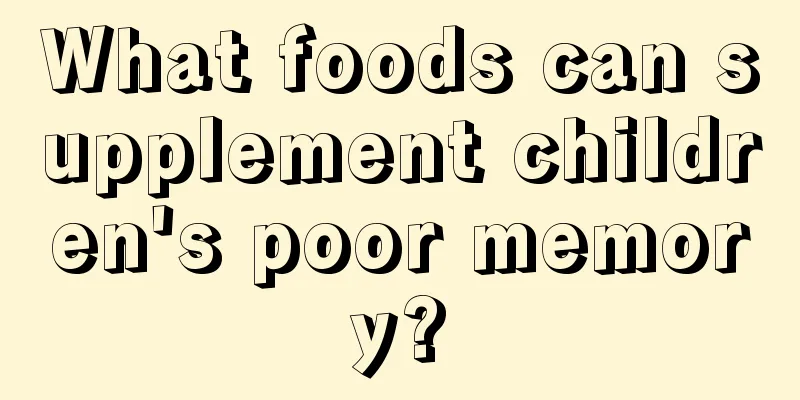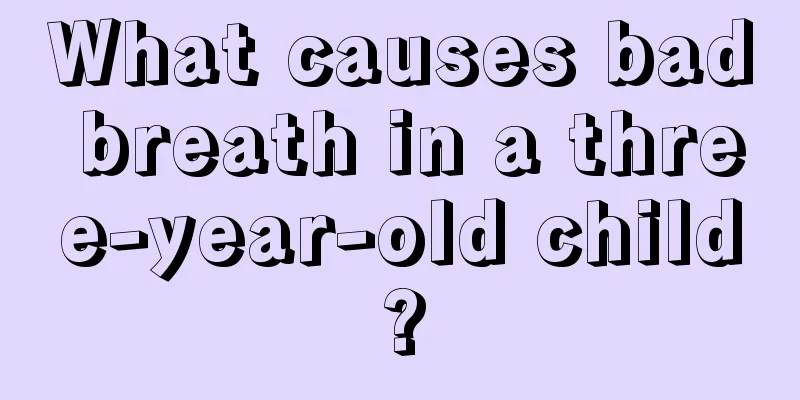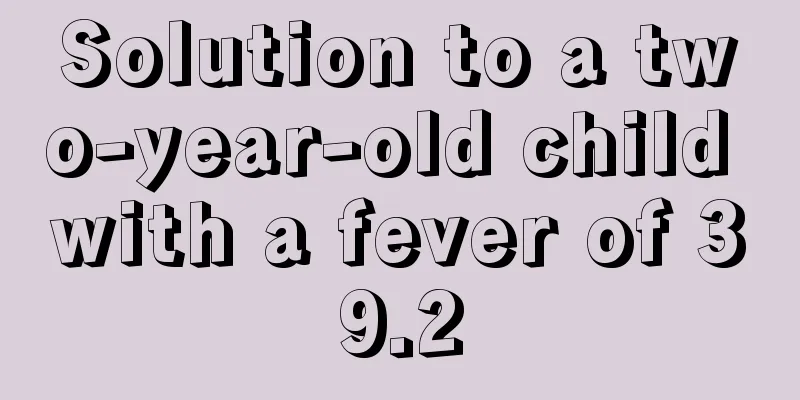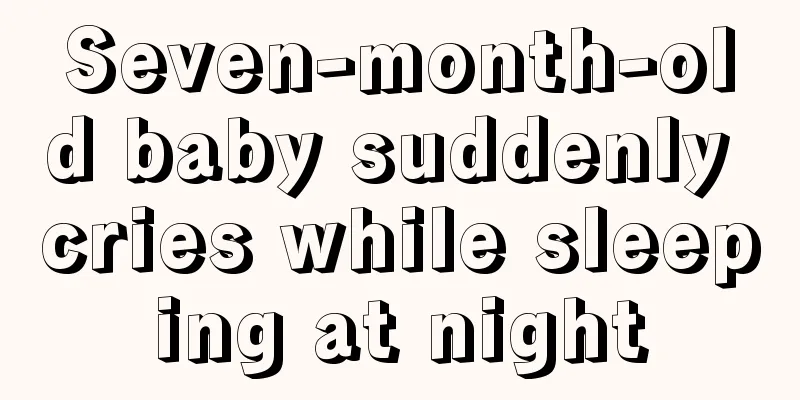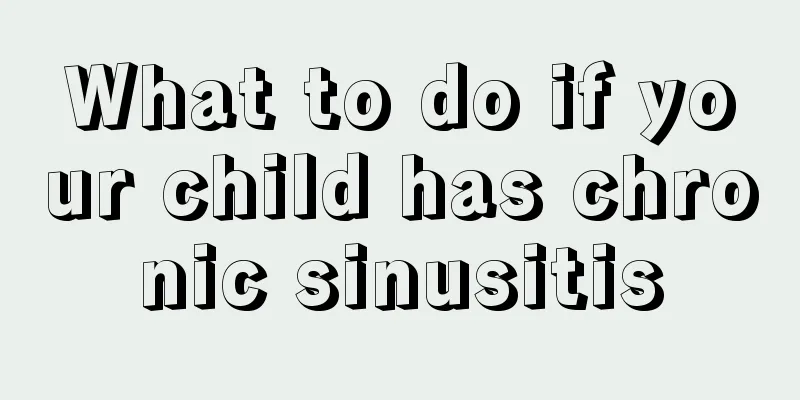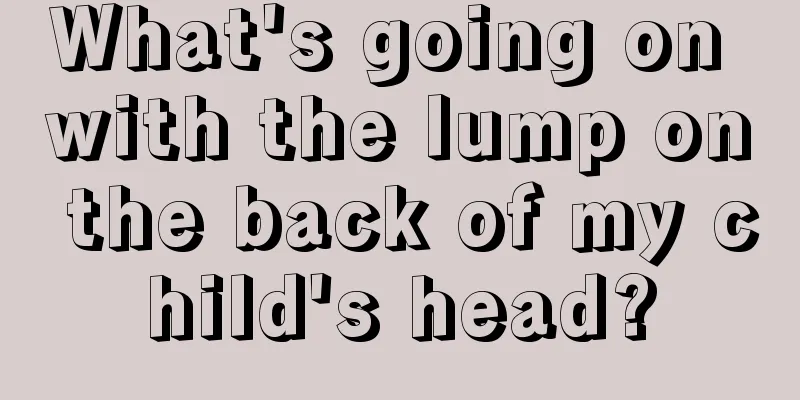What are the symptoms of absence epilepsy in children?
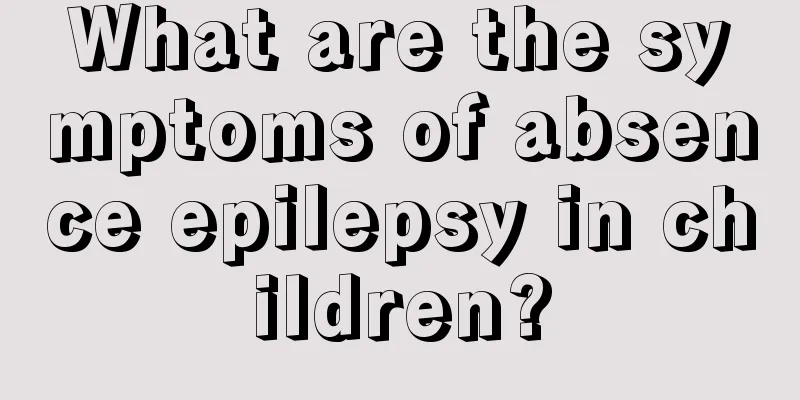
|
It is said that in real life, organic diseases are not scary because they will not cause a person's mental state to change. However, once a person suffers from a mental illness or a neurological disease, the patient's mental state will definitely be extremely bad. What's more, neurological diseases are sometimes beyond one's control and can occur at any time, making it impossible to prevent them. So, what are the symptoms of absence epilepsy in children? 1. The baby's language and movements suddenly stop, and there is a temporary loss of consciousness, with eyes staring blankly; sometimes the baby may become pale and have muscle twitches, with an attack lasting 2-10 seconds, and the baby will become drowsy afterwards. Some babies are unable to maintain a position during an attack. Temporary absence: the baby may fall unconsciously while walking on a flat road; objects in his hands may fall to the ground while he is eating or playing. The child may suddenly become absent-minded and may not respond when you call him, but he may quickly return to normal. These are temporary absences, which are also symptoms of epilepsy. Parents should pay more attention to them. 2. The baby's head tends to sweat when feeding or sleeping. The child likes to shake his head when sweating too much. The child will also wake up deliberately when sleeping and become irritable and restless. Because children are young and do not have the ability to express themselves, parents and their families should pay more attention. 3. The baby's flesh all over the body twitches regularly, the baby suffers from incontinence, often bites the tongue, foams at the mouth, etc. The twitching usually lasts about 1-3 minutes, and the baby will gradually wake up after 5-10 minutes. If the child is older or an adult, the whole body will feel pain and weakness after the attack. Some patients may become manic, running around, shouting, and hitting people during the recovery period. Premonitory symptoms: The early symptoms of childhood epilepsy refer to the illusions, hallucinations, automatisms, local myoclonus or other special sensations that occur in the patient within a few seconds before a major seizure of absence epilepsy. Some psychomotor seizures may also present with prodromal symptoms similar to those of a major seizure. When prodromal symptoms appear, they indicate that the patient may experience a major seizure within hours or days. EEG characteristics: The EEG of absence epilepsy in children is diffuse synchronous and symmetrical with three spike-slow complex waves per second on both sides. The background activity of the EEG is normal between attacks, and there may be rhythmic occipital delta activity. The attack period is characterized by typical bilateral symmetrical and synchronous 3 Hz spike and slow waves. The frequency of the spike and slow waves does not exceed 4i-iz at the beginning of the attack and is not slower than 2.7 Hz before the end. It generally lasts 8 to 10 seconds, usually not more than 20 seconds. |
>>: What to do if your baby farts a lot
Recommend
How to treat children's eye twitching
The healthy development of children is the wish o...
Girl's lower body has odor
It is common for a baby girl to have an odor in h...
Is it okay for baby teeth to grow on top first?
A baby is the future and hope of a family. Nowada...
The dangers of early childhood development
Children's development has always been a part...
Children have fever and joint pain
Children always have joint pain when they have a ...
Why does my baby have phlegm when breathing?
If the baby is feeling unwell, parents should pay...
Why does my child have a headache?
When a baby has a headache, it is usually caused ...
What to do if a 1-year-old child has diarrhea and vomiting
Every change in the baby after birth is watched b...
At what age does a baby's crossed eyes disappear?
Because newborn babies cannot control their actio...
What should I do if my baby has small red bumps due to food allergies?
Since the baby has just been born, many parents d...
How many months does it take for a child to speak?
In fact, every child learns to speak at a differe...
Can children eat pomegranate seeds?
For children, it is okay to eat some pomegranates...
What are the treatments for rhinitis in children?
Young children's physical development is not ...
Why does my child’s nose itch?
An itchy nose is a symptom. Many children don’t k...
At what age do children usually change their teeth?
Many people don't know at what age children u...

